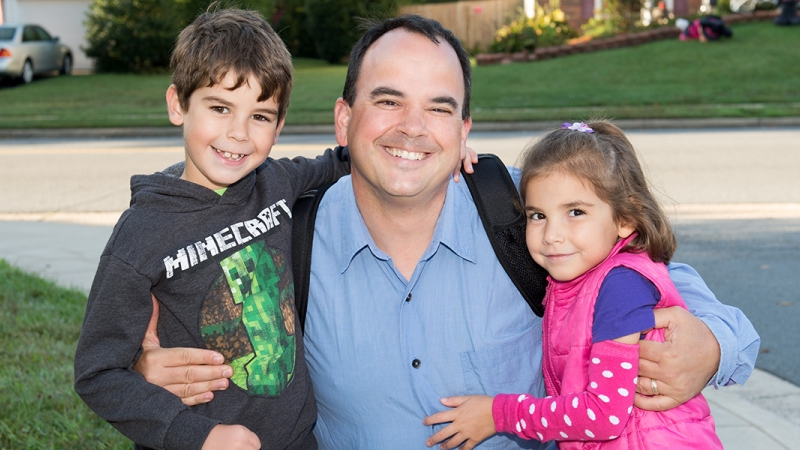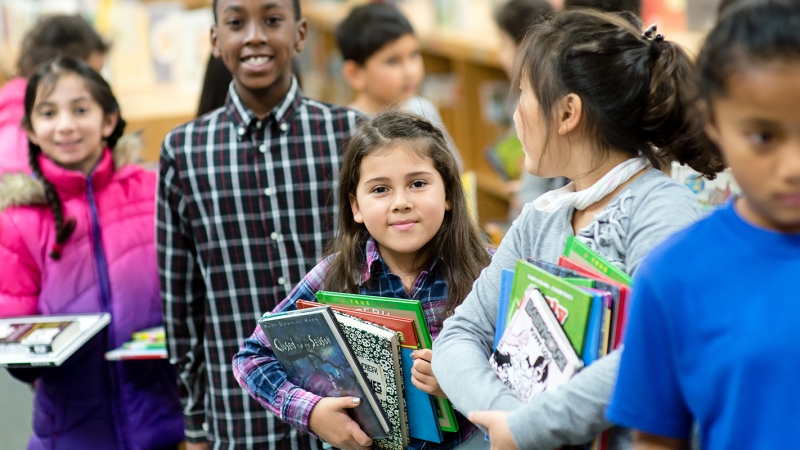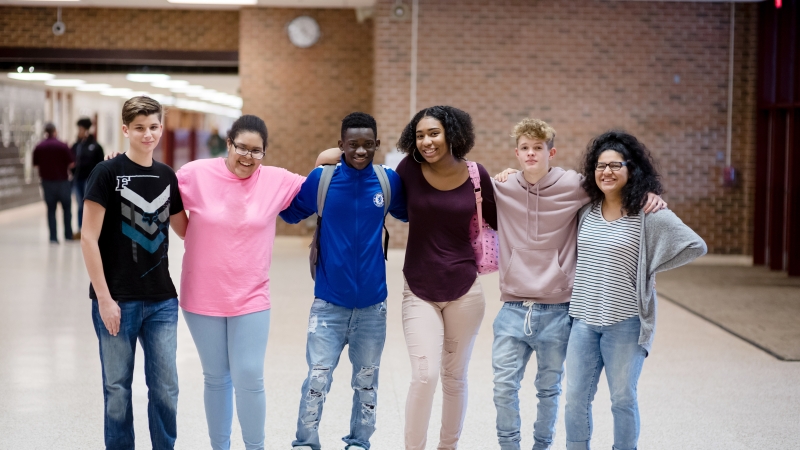
Self-Advocacy and Voice for Students with Dyslexia
Students with dyslexia are empowered when the adults in their lives involve them in exploring what dyslexia means to them, advocating for the supports that help the most, and celebrating effort, progress and strengths.
STUDENT SELF-ADVOCACY
Self-advocacy provides students with the skills needed to speak up for their needs in the learning environment. When students with dyslexia identify and communicate their needs in the learning environment, they are more involved in shaping their own educational experiences, ultimately leading to greater confidence, self-awareness, and success. Studies have shown that students who are given the chance to participate in decisions being made about their lives are more likely to earn higher incomes one year after graduation (Wehmeyer, 2004). Promoting students’ self-determination has been identified as a best practice in special education. Research on students with disabilities demonstrates that self-determination promotes goal attainment and access to the general education curriculum (Shogren, Palmer, Wehmeyer, Williams-Diehm, & Little, 2012).
Students must come to understand their own experience with dyslexia so they can seek out the supports they need to maximize their strengths and minimize their limitations. This self-advocacy will be essential for success in college, career, and relationships in adulthood.
STUDENT VOICE
Student voice is present when adults value students’ expertise, opinions, ideas, and solicit their contributions to shape and create school and classroom experiences. When students believe their voices matter, they are more likely to be invested and engaged (Quaglia & Corso, 2014). Encourage students to describe, in their own words, how their dyslexia affects them in all areas of their life, including how they learn best, and what strategies can be used to support them. This awareness will empower them to be self-advocates and partners in their learning.
DEVELOPING SELF-ADVOCACY AND PROMOTING STUDENT VOICE
Creating emotionally safe environments is vital to promoting learning (Quaglia & Corso, 2014). Students who feel safe are more likely to pose questions and advocate for their learning needs. Examples of ways families and educators can support the development of self-advocacy and the empowerment of student voice are listed below.
Engage in Active Listening
- Dialogue with students about how they learn best. Implement some of their ideas at home or in the classroom to honor their input.
- Support students in articulating how their dyslexia affects them in all areas of their lives.
- Learn about students’ aspirations for the future in order to support the development of self-worth, engagement, and purpose (Quaglia & Corso, 2014).
- Self-Worth: Students know they are valued members of their school community and have the ability to achieve personally and socially.
- Engagement: Students become deeply involved in their learning process.
- Purpose: Students take responsibility for who and what they want to be and do.
Facilitate Collaboration
- Encourage students to find their voice. Ask them to describe what dyslexia means to them, and to identify their strengths and areas for growth.
- Facilitate opportunities for students to explore and share what strategies help most.
- Familiarize students with the goals and accommodations on their IEPS or 504s.
- Encourage students to contribute to or participate in their IEP or 504 meetings, as appropriate.
- Encourage students to reach out to all teachers at the beginning of the year to communicate what makes them successful.
Foster a Growth Mindset and Risk-Taking
- Recognize effort in order to promote a “growth mindset,” the belief that students can learn more or become smarter if they work hard and persevere. (Dweck, 2016).
- Support students in developing effort, perseverance, and kindness.
- Teach students to evaluate their own efforts, and set ambitious yet achievable goals.
- Help students reflect on the learning strategies they use and explore alternative ones when they struggle.
- Celebrate the effort and perseverance more than the end product.
- Allow students to take calculated risks, and communicate that mistakes are expected and failure can lead to learning.
For web links to support the development of student self-advocacy, see the section entitled, “Dyslexia Resources.”
REFERENCES
Dweck, C. S. (2016). Mindset: The new psychology of success (2nd ed.). New York, NY: Penguin Random House.
Quaglia, R.J. & Corso, M.J (2014). Student voice: The instrument of change. Thousand Oaks, CA: Corwin Press.
Shogren, K. A., Palmer, S. B., Wehmeyer, M.L., Williams-Diehm, K., & Little, T.D. (2012). Effect of Intervention with the Self-Determined Learning Model of Instruction on Access and Goal Attainment. Remedial and Special Education, 33, 320-330.
Wehmeyer, M., Agran, M., & Hughes, C. (2000). A national survey of teachers’ promotion of self-determination and student directed learning. Journal of Special Education, 34, 293-301.
© 2017 Fairfax County School Board. All rights reserved. This material may not be reproduced, displayed, modified or distributed without the express prior written permission of the copyright holder. For permission, contact the FCPS Department of Special Services, Office of Special Education Instruction, Willow Oaks Corporate Center, 8270 Willow Oaks Corporate Drive, Fairfax, VA 22031.





